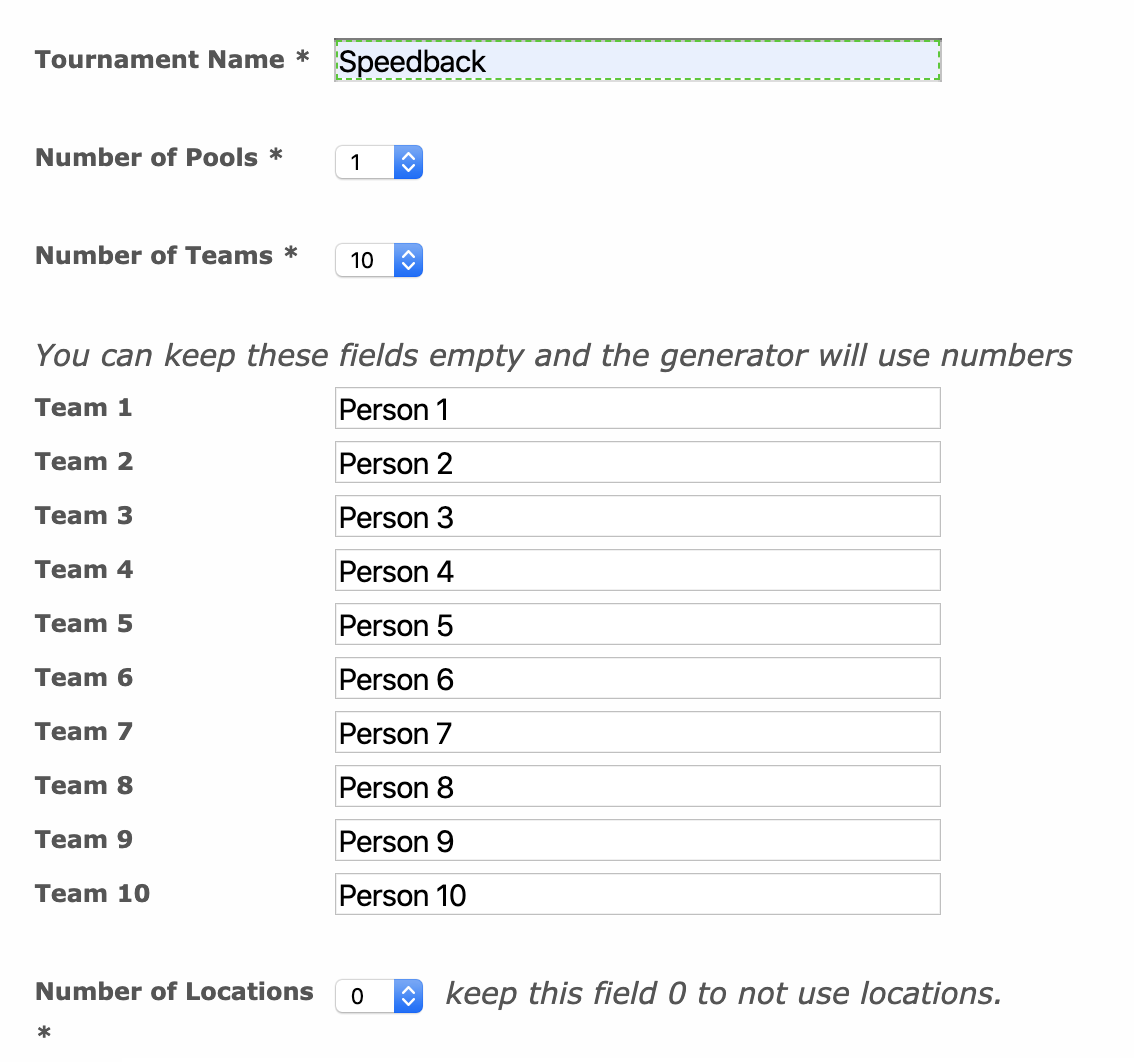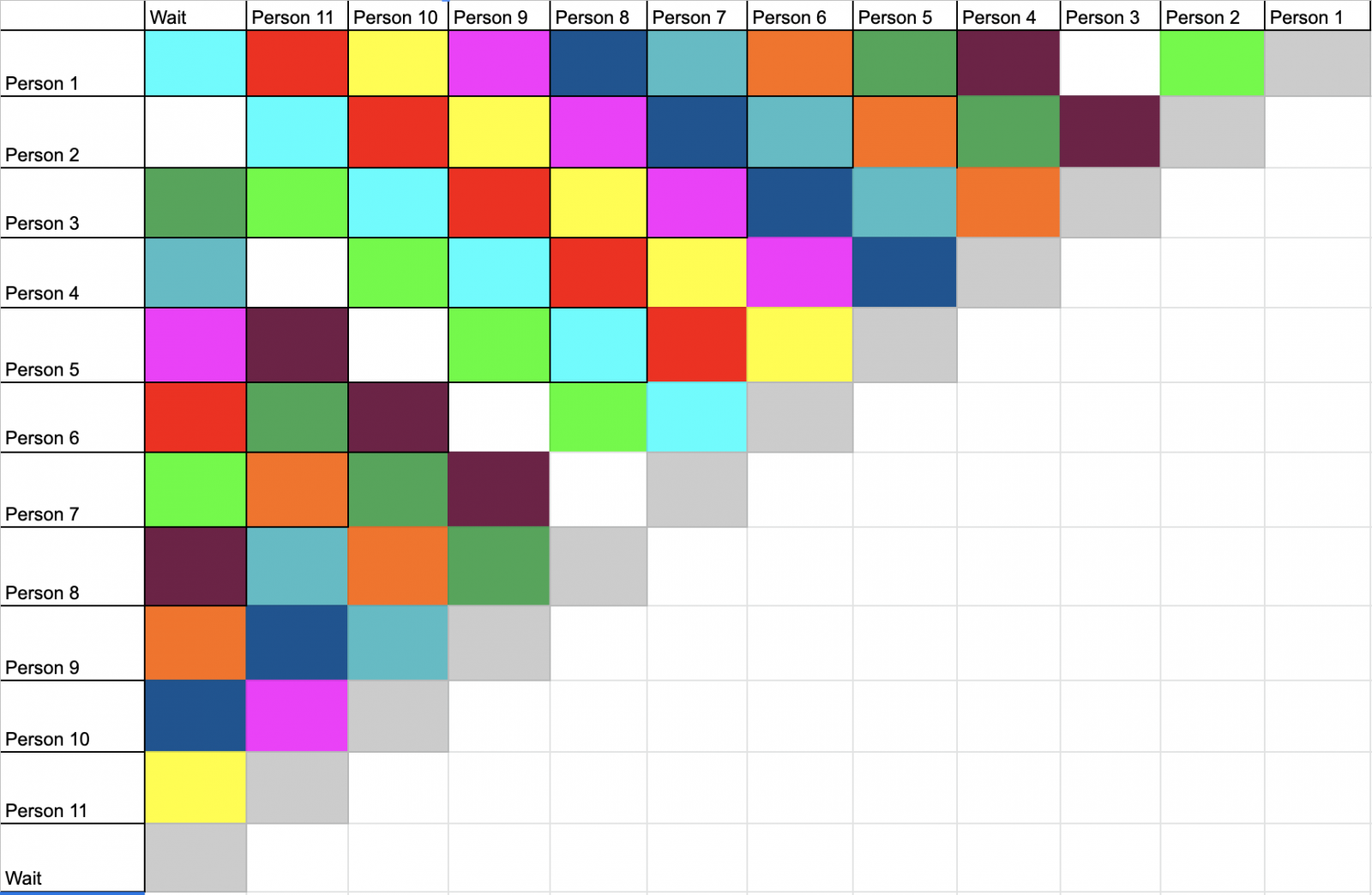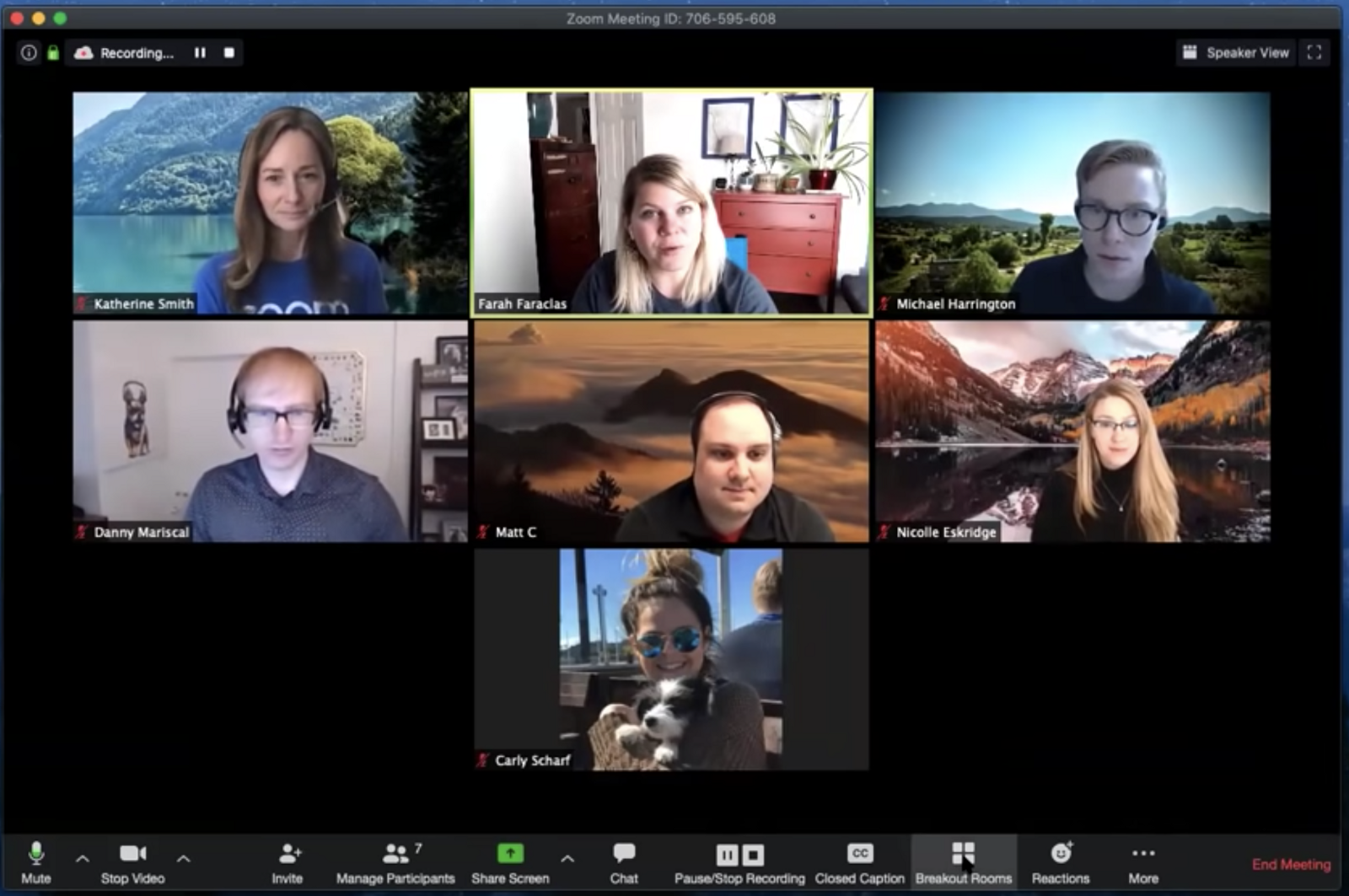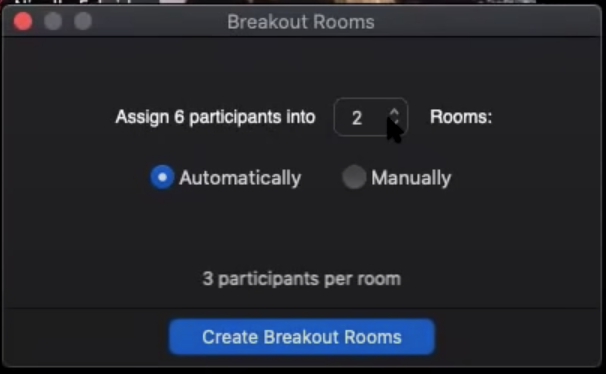Remote working
The Remote Pairing Cheat Sheet



Zoom is a tool for remote communication, and is now highly demanded during the current pandemic. And it offers Breakout Rooms that really help with a remote Speedback facilitation. This feature consists of giving the host the power to dispatch people in the conference to separate rooms . You might need to check your Zoom account settings to enable the feature as it is described here.


Disclaimer: The statements and opinions expressed in this article are those of the author(s) and do not necessarily reflect the positions of Thoughtworks.
